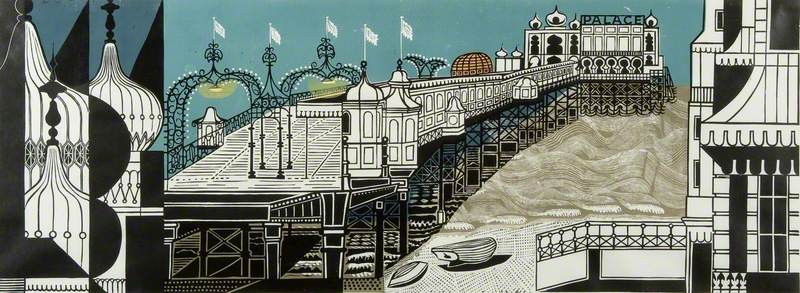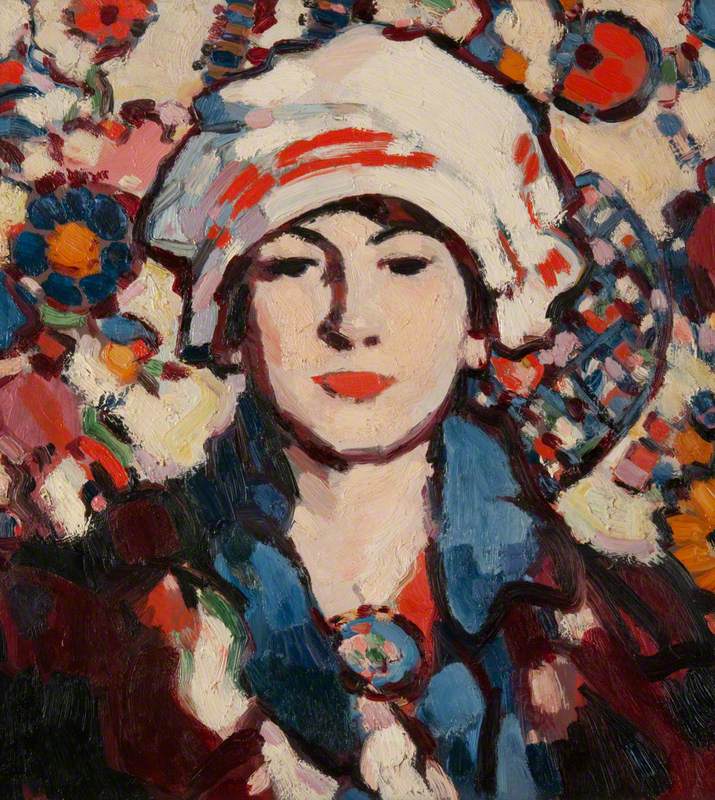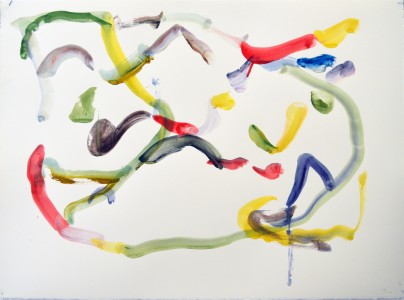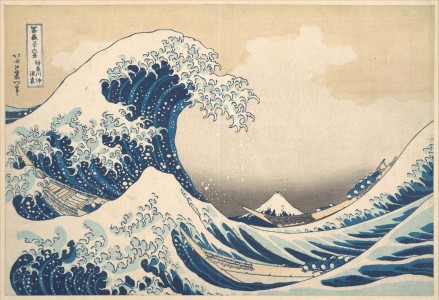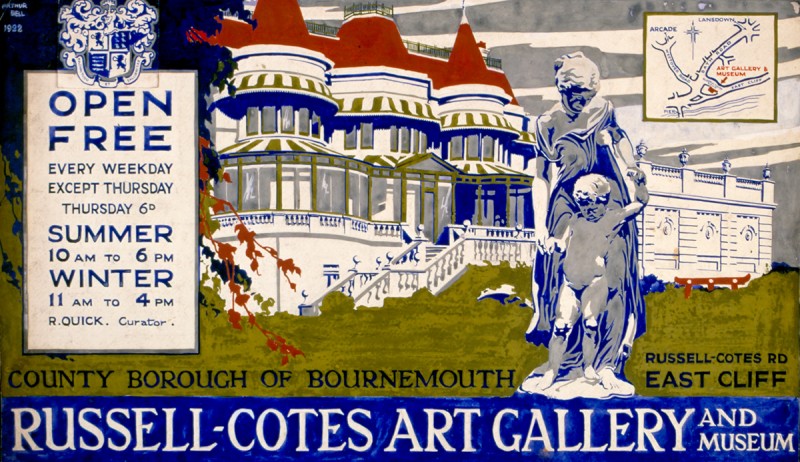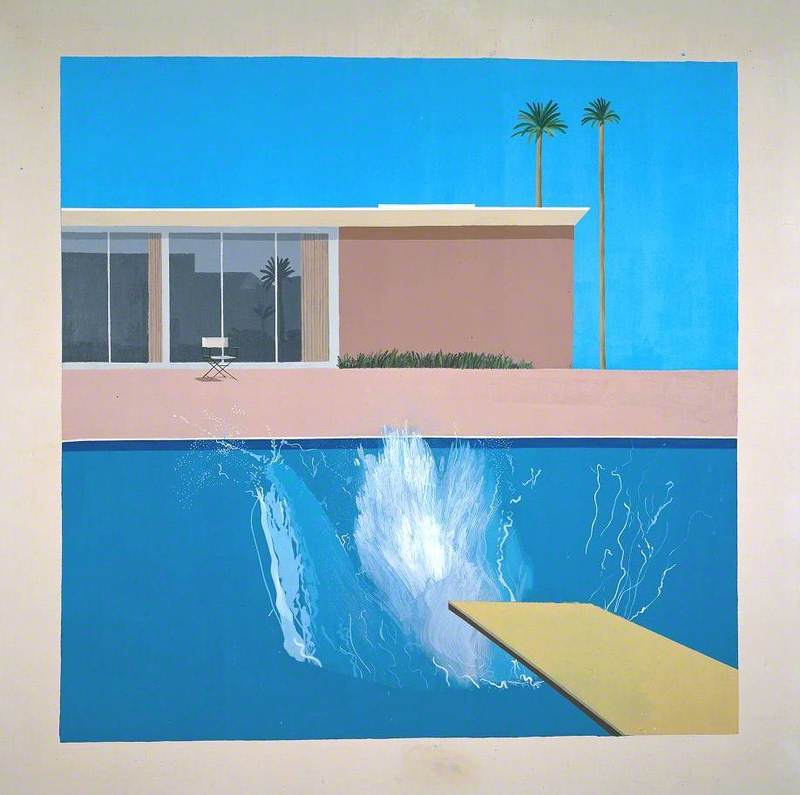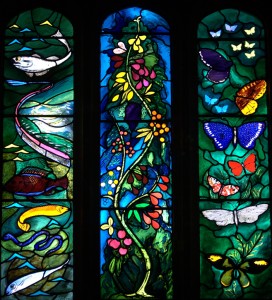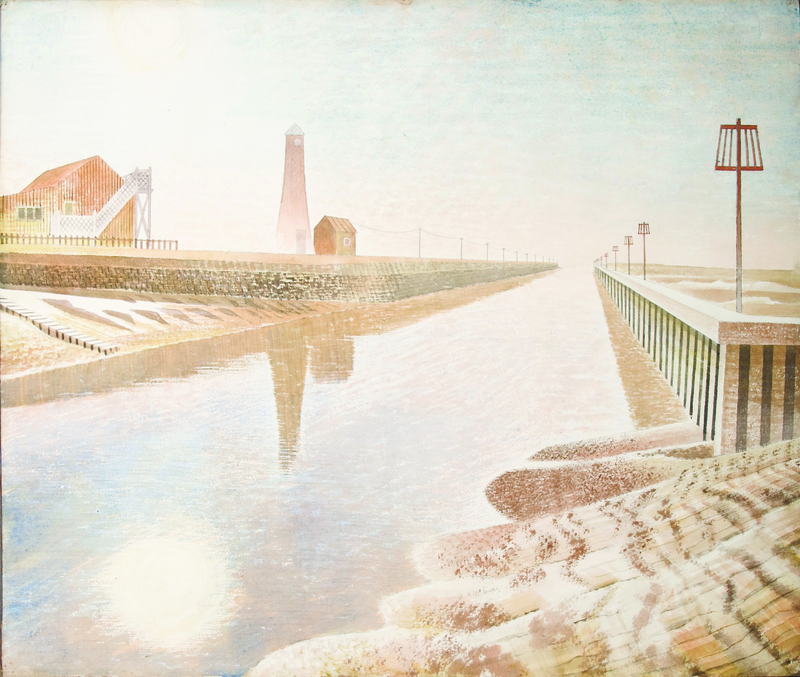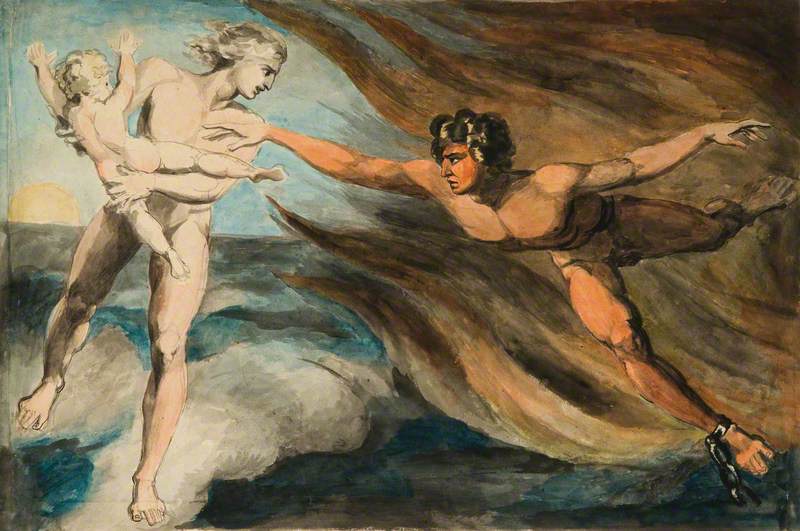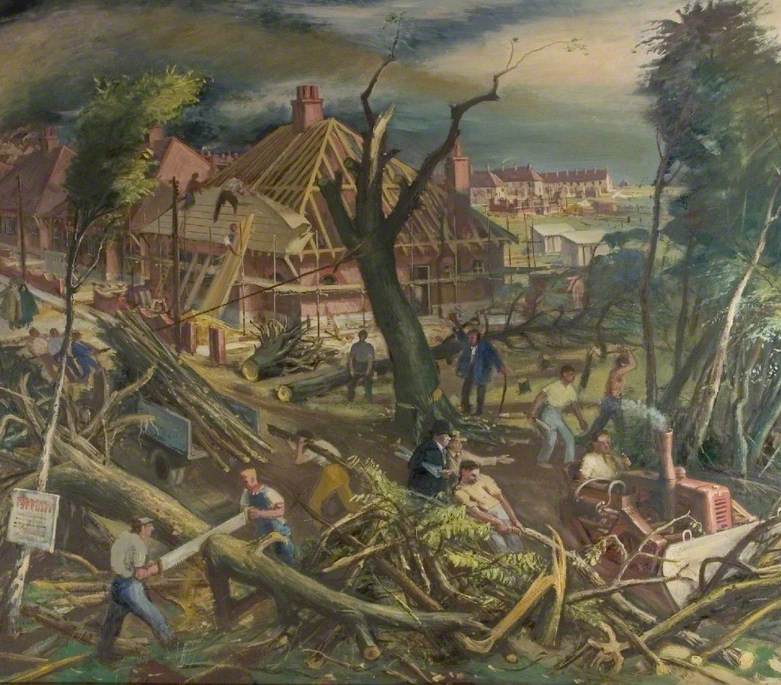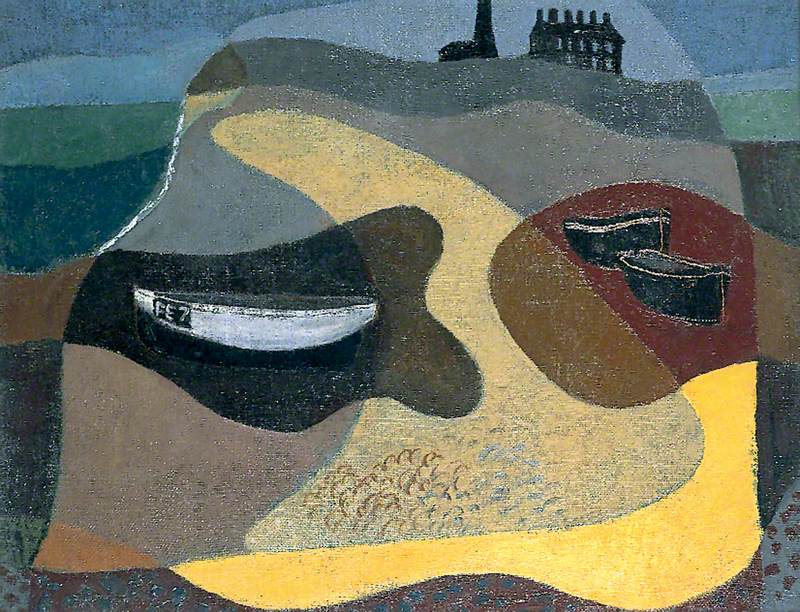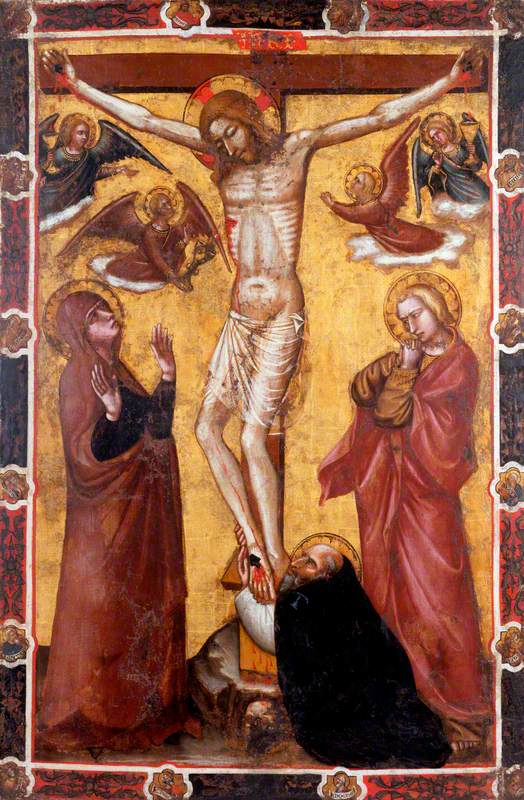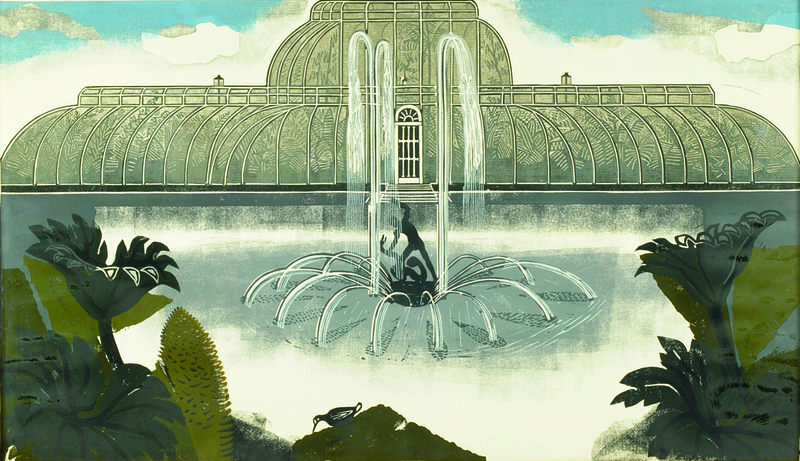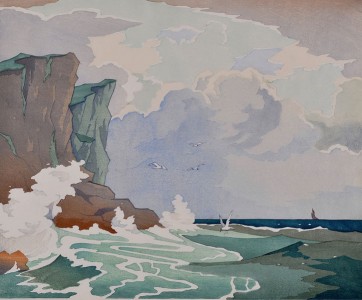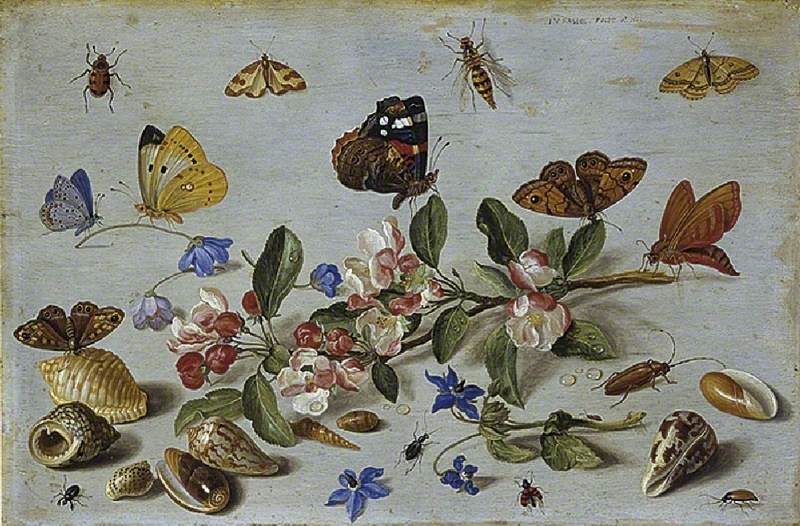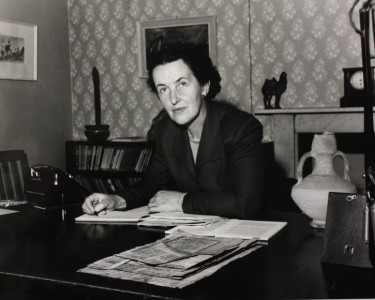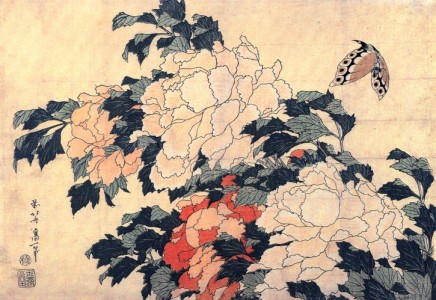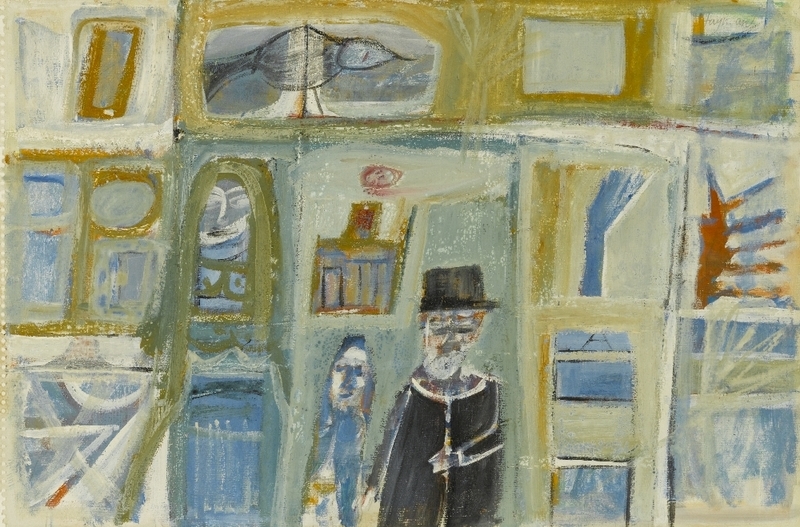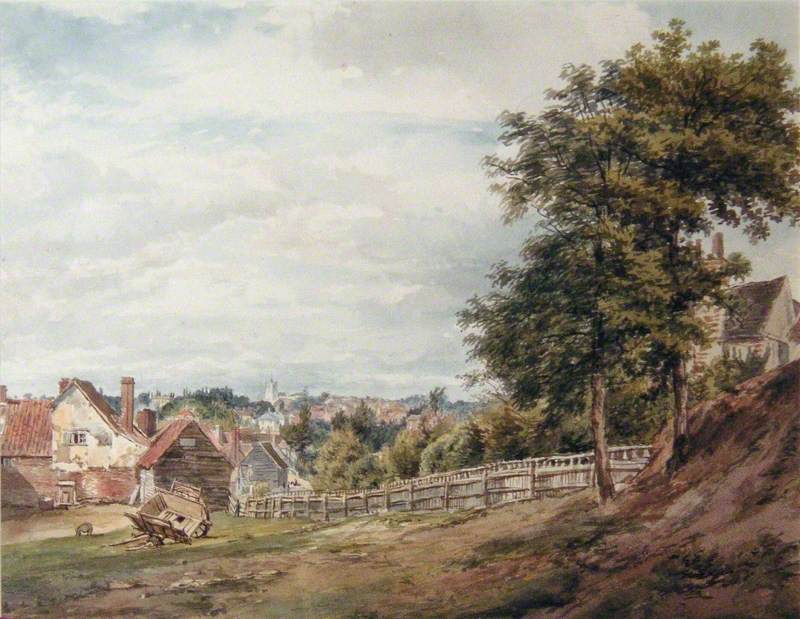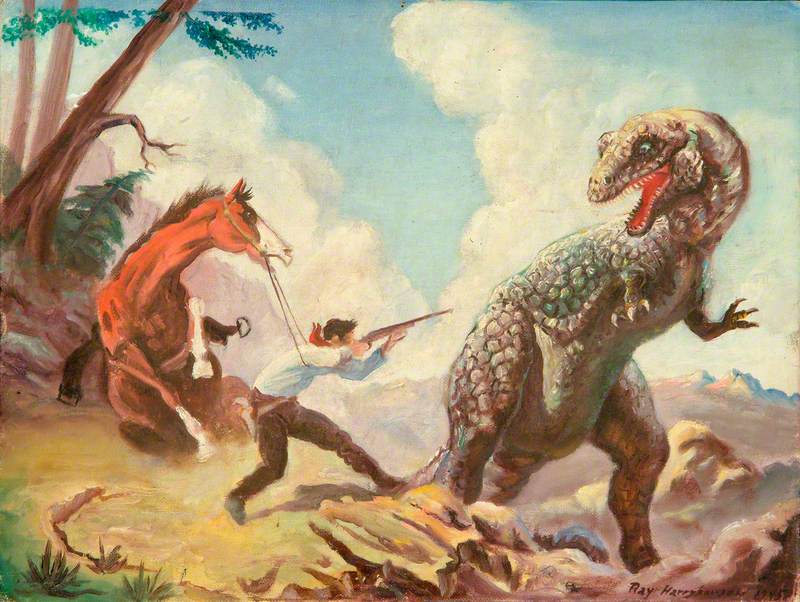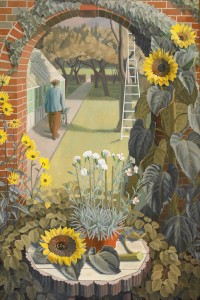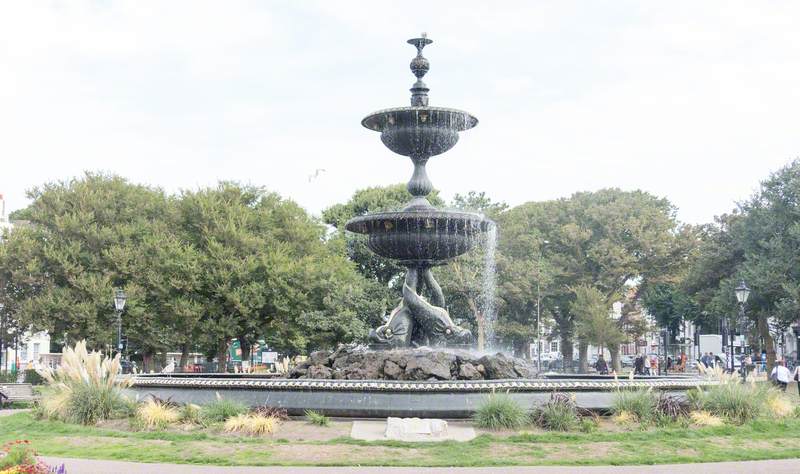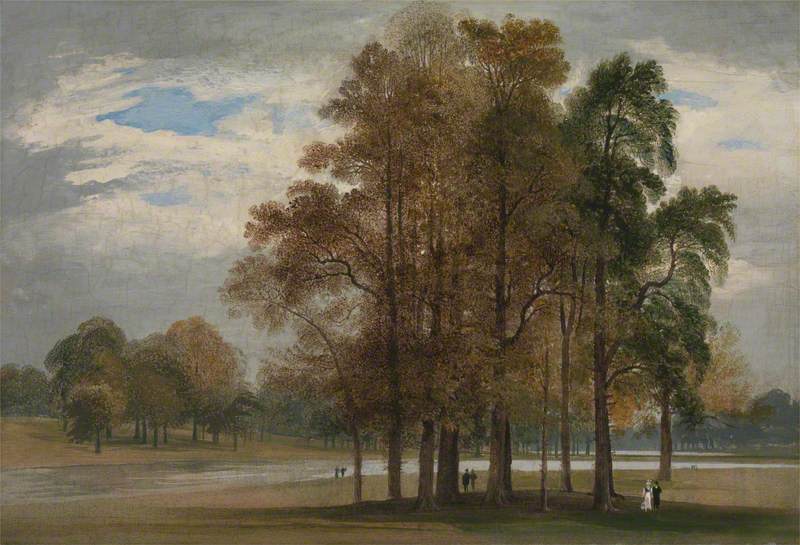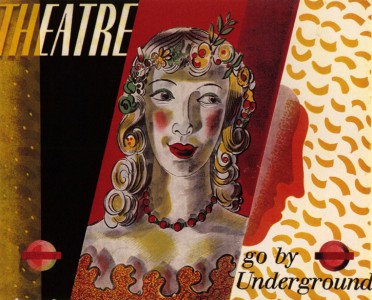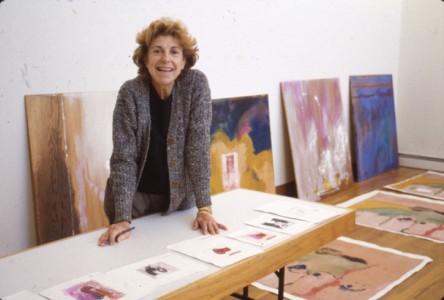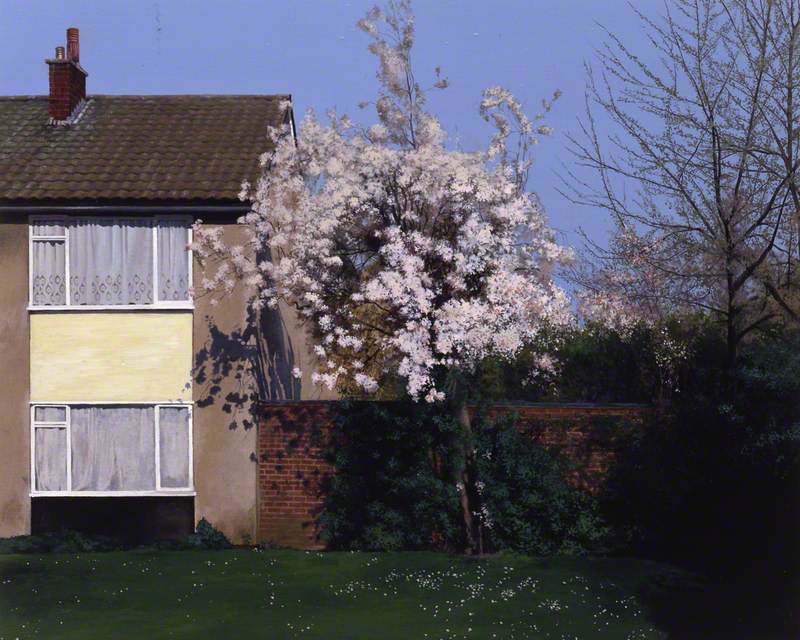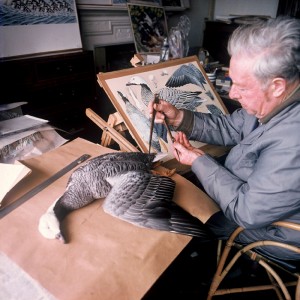Edward Bawden is often acknowledged as the all-time master of linocut. Looking at Brighton Pier, it's easy to see why.
He not only helped to popularise the medium through his bold and decorative designs; he also challenged it – demonstrating that it could be painterly, refined, intricate and executed on a large scale. It might be argued, as his friend Douglas Percy Bliss did, that: 'no-one has made more use artistically of linoleum, and no one has used it so well'.
Before discovering Brighton Pier I hadn't associated lino printing with such ambitious and beautiful images. It inspired me to try the medium myself and to get an insight into the artist's working methods. Here are some tips I've gathered from looking closely the amazing feat Brighton Pier, made by Bawden almost 40 years into his linocut practice:
1. Experiment with size
Brighton Pier is around a metre and a half in length, so big that Bawden had to press it on the floor using his feet instead of a printing press or burnishing tool. Scale was something he excelled at – it is said that some of his wallpaper linocuts were pressed by driving a Rolls-Royce over them. But for those of us who don't have the benefit of studio assistants, or a Rolls-Royce, it's worth noting the physically demanding nature of working on a large scale. Peter Avery, Bawden's assistant in 1963, wrote: 'Mixing the proofing ink colours, inking up, laying the block on the floor, treading all over the print, dabbing out any faults, hanging each print on the drying rack (like an old-fashioned laundry drying frame hauled up to the ceiling on pulleys) was physically demanding.'
2. Play with composition
Bawden once said that his linocuts began as mere scribbles burnished onto the surface of a lino block. The design for Brighton Pier, however, was carefully thought out. Here are three of his initial designs from The Higgins Bedford, demonstrating how he developed his idea to reach his end result. He moves away from a side-on, flat view of the pier to a more foreshortened view encompassing other elements of the city such as the Pavilion domes and regency townhouses. In this way, he frames the image so that the eye is drawn down the pier to the Palace Pier Theatre – no longer in existence – on the horizon.
Design for 'Brighton Pier'
by Edward Bawden (1903–1989) 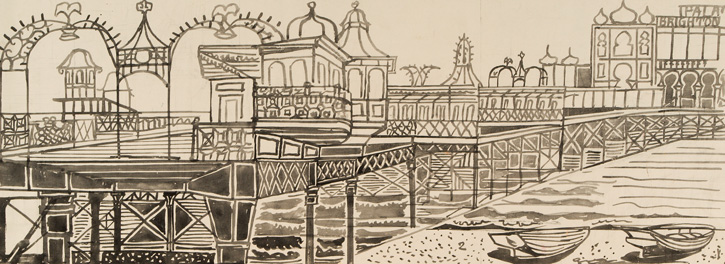
Design for 'Brighton Pier'
by Edward Bawden (1903–1989) 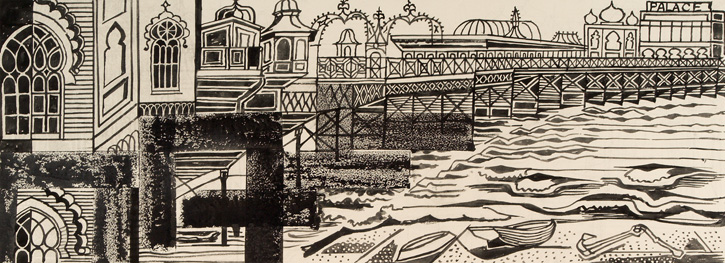
Design for 'Brighton Pier'
by Edward Bawden (1903–1989) 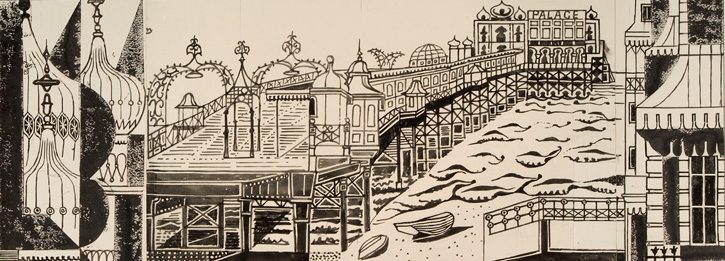
3. Use colour
Brighton Pier is constructed using two main lino blocks: one for key areas in black ink such as the Pavilion, pier, boats, specks of sand and regency townhouses; and one for the large areas of colour such as the sky and sea. Bawden had a clever way of piecing together the different colours, transferring the design from the block inked in black onto the second block, probably using paper to burnish the design over. In this way, he could cut the second block using the design of the first as a guide. The lino blocks that Bawden used still exist and can be seen at The Higgins Bedford. Here they are, edited in reverse so that they are more easily comparable to the resulting print. The mark left by the black-inked block on the sea/sky block is still visible.
Key lino block made in 1958 used for the first edition of 'Brighton Pier'
by Edward Bawden (1903–1989). This block was later altered and used again for the 1977 edition (see below) so that the word 'palace' appears in white rather than black 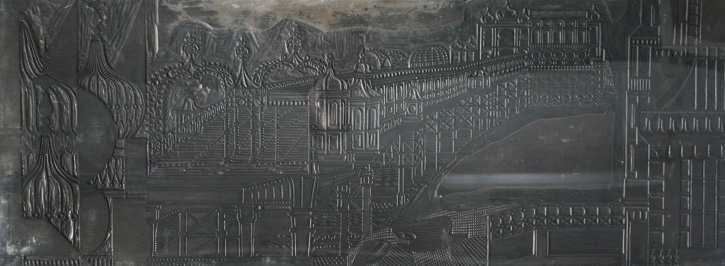
Lino block used for the sea and sky in the 1977 edition of 'Brighton Pier'
by Edward Bawden (1903–1989). These are not the same blocks used for the first edition (see above): the first edition features a different wave pattern 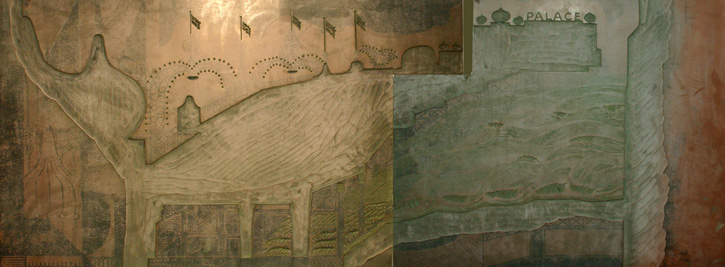
Linocut from the second edition of 'Brighton Pier'
1977 by Edward Bawden (1903–1989) 
4. Experiment with surface design
Many artists such as Grayson Perry have been inspired by Bawden's ability to find pattern in nature. Brighton Pier is a perfect example: from the delicate waves of the sea and the grains of sand on the beach to the intricate patterns embellishing the pier's shadow on the sea, Bawden finds interesting surface design in so many elements of his composition. His expertise in producing the wonderful marks detailed in the images below, however, is the result of years of practice. Beginning in the 1920s as a student at the Royal College of Art, making simple designs of cows and trees in his bedsit, he developed his techniques over the years to produce a multitude of different effects.
Details of lino blocks for 'Brighton Pier'
by Edward Bawden (1903–1989) 
5. Choose a subject matter that inspires you
Bawden often drew inspiration from his surroundings. A lover of the seaside, he stayed in Brighton for a short time during the 1950s whilst working on book illustrations. Brighton Pier seems to encapsulate a lived experience – from the mix of colours and details denoting both night and day to the imagery which he layers like a collage; Bawden goes further than an objective portrayal of a city. It is interesting that he revisited the first edition of the print (1958) much later, producing a second edition in 1977 – not long after heavy storms led to damage to the Palace Pier Theatre depicted so vividly in his print.
6. Find your own way
For all the tips and ideas that Bawden's work can provide, finding your own way in the medium is the key. Bawden demonstrates that lino can be done on a large scale, that it can be colourful and even painterly (such as in the translucent halos of light radiating from the pier archways). What will yours say?
Show us your own experiments in lino print @artukdotorg, on Twitter and Instagram.
Emma's own experiments in lino printing
Emma Frith, Art UK Digital Content and Research Assistant, created with the kind assistance of The Higgins Bedford
